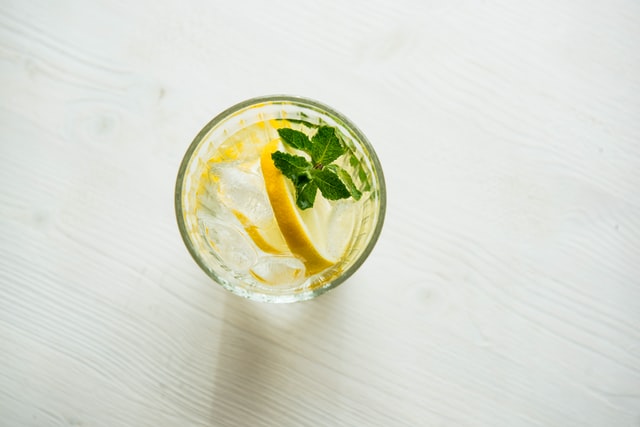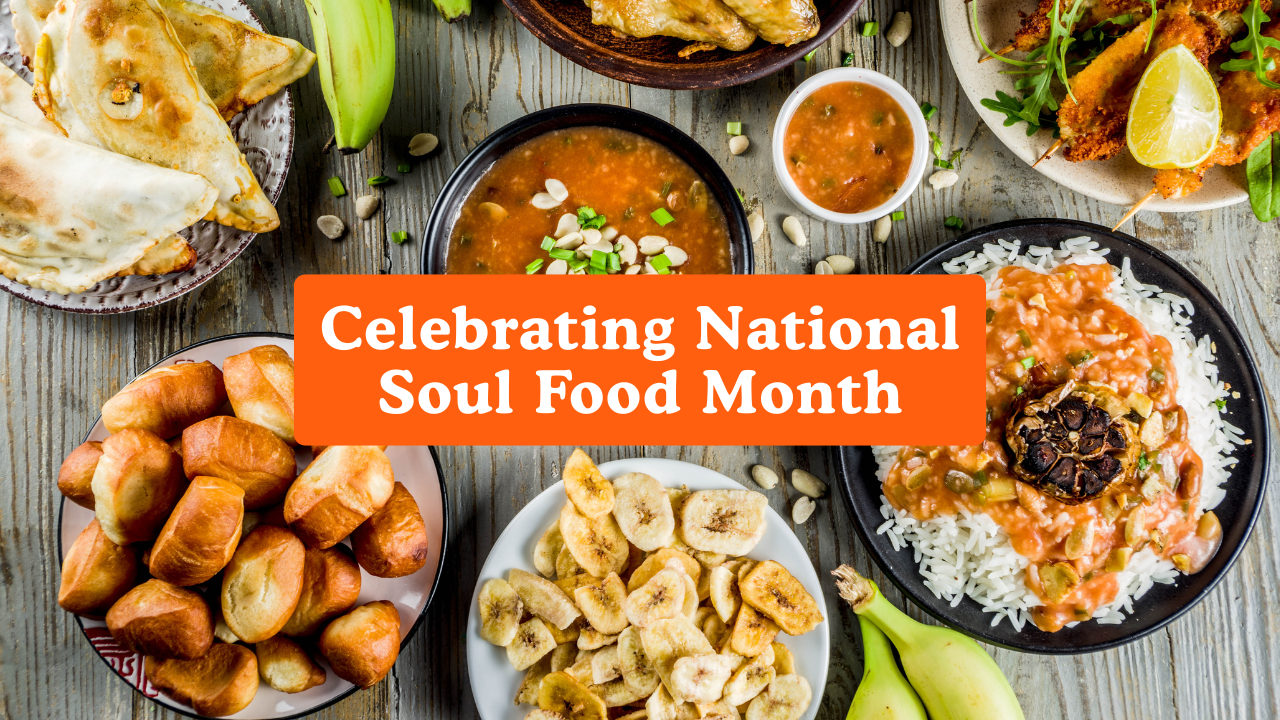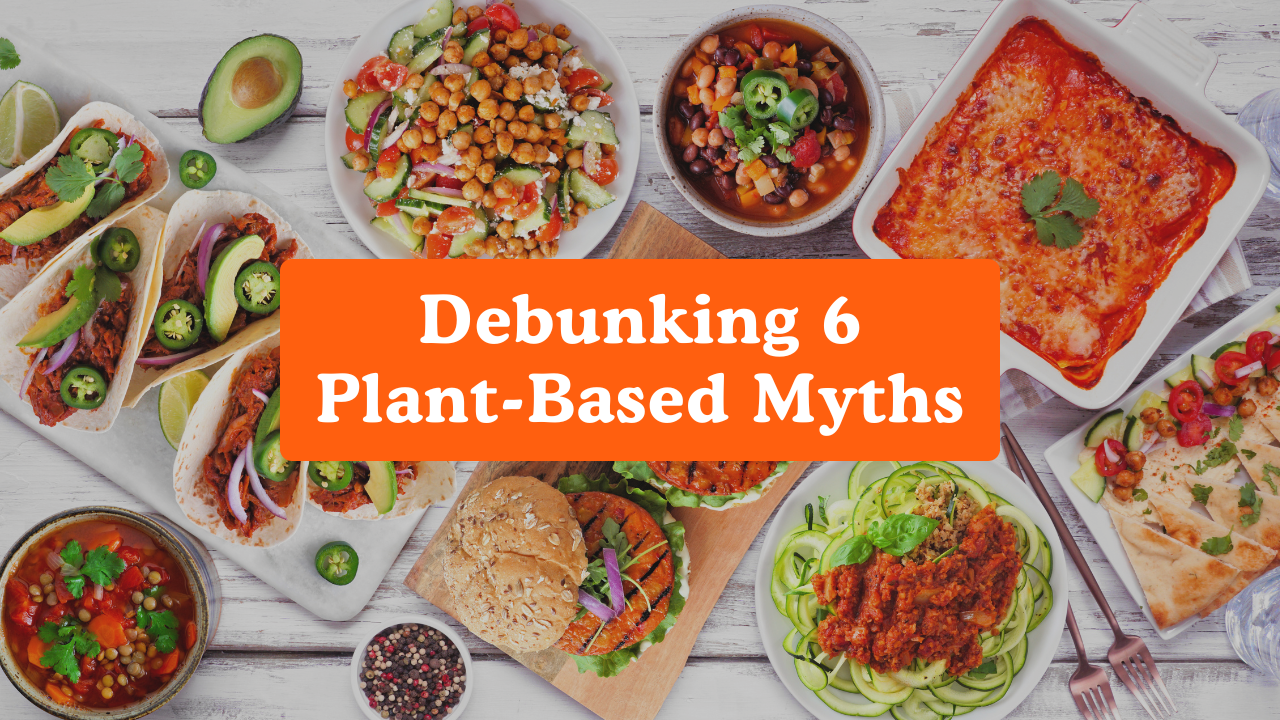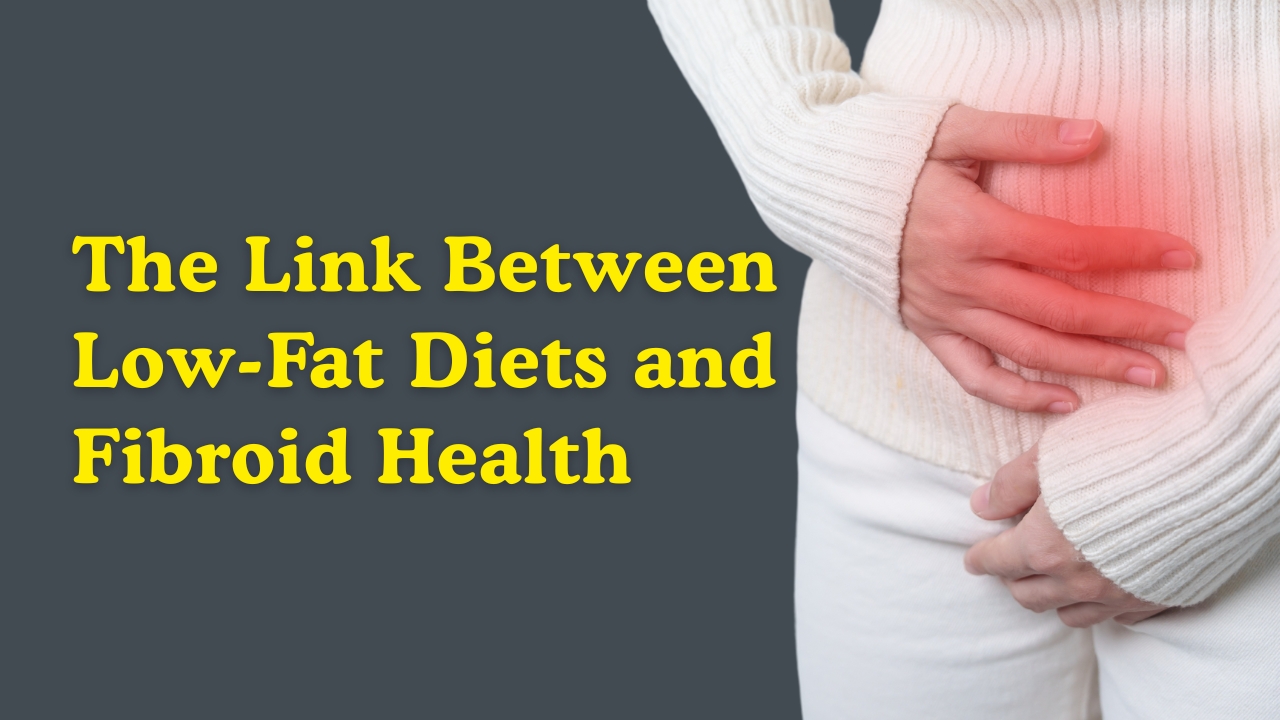I am Dr. Monique, Board-certified Family Physician and Founder of Physician in the Kitchen. With my NEW best-selling cookbook, Doc Fix My Plate! The Physician In The Kitchen’s Prescriptions For Your Healthy Meal Makeover, my other best-selling book, MealMasters: Your Simple Guide to Modern Day Meal Planning, my online course, Vegan-ish: How To Plant-Base Your Pantry and online cooking classes, I help busy households enjoy healthy plant-based eating without impacting their hectic schedules.
Hello MealMasters! People choose to adopt vegan or other lifestyles for a variety of reasons, and they are usually related to improving their health. They may want to eliminate the need for medications to treat their cholesterol or high blood sugar, or maybe they want to lose a few pounds to reach an ideal or preferred weight. By cutting out animal protein, you may notice an improvement in chronic conditions such as joint pain or kidney disease. You may also decrease your risk of developing certain types of cancer. For me, in addition to the known health benefits of a plant-based diet, I truly enjoy experimenting and testing recipes featuring vegetables or other plant-based foods. I also get to create in my “lab” while using my many kitchen gadgets and appliances. This year I am chronicling my journey toward more plant-based meals, and I am sharing with my readers my favorite foods, along with tips and tricks I have discovered along the way.
Today I am continuing my series, Dr. Monique’s Favorite Food ABCs. The foods that are on this list are here because of both their contributions to mouth-watering dishes as well their health benefits. So far we have discussed the following:
- A for Avocado
- B for Beans
- C for Cilantro
- D for Dairy Replacements
- E for Egg Substitutes
- F for Fresh and Frozen Fruits and Vegetables
- G for Ginger and Garlic
- H for Herbs
- I for Indian Spices
- J for Jackfruit
- K for Kale
- L for Lentils
- M for Maple Syrup
- N for Nuts
- O for Orange
- P for Portabello Mushrooms
- Q for Quinoa
- R for Rice
- S for sweet potato
- T for Tomatoes
- U for Unsalted Foods
- V for Vegan Meat Replacement
W is for water. No list of healthy, must-have foods would be complete without water. Whatever you may call it, water, agua, or H2O, it does a body good! The average adult human body is 50-65% water. Your brain, heart, lungs, and even bones all contain varying amounts of water.
Water has a multitude of health benefits, so I will list just a few here:
- Acts as a shock absorber for the brain and spinal cord.
- Plays an important role in maintaining healthy joints.
- Helps to flush waste from your body in the form of urine made by the kidneys.
- Helps regulate bowel movements and prevent constipation.
- Helps to control body temperature when you sweat.
- Helps improve skin complexion.
- Lubricates joints.
- Makes saliva which prevents dry mouth.
- Prevents and treats headaches.
- Helps your brain work better and improves mood and concentration.
- Helps with weight loss.
When properly hydrated, you help all the major organs of your body function better. You also can help to control your weight because when you drink water before a meal, you are less likely to overeat at a meal and also less likely to snack in between meals. Being dehydrated can make you feel sluggish and fatigued, and can cause muscle aches as well.
So just how much water do you need to drink each day? We often mistake thirst for hunger and eat instead of drinking water. What we don’t realize is that by the time we recognize that we are thirsty, we are probably already 10% dehydrated. Every part of your body benefits from being well-hydrated, from your brain to the muscles in your feet. Aim for 11.5 cups a day for women and 15.5 cups a day for men. You may need more or less depending on your personal exercise levels and health issues so be sure to check with your doctor. Keep in mind that you can also get water through food sources as well, such as fruits and vegetables that have high water content. These include watermelons (and other melons), strawberries, tomatoes, apples, zucchini, bell peppers, and oranges, just name a few. This is why it is important to sauté your bell peppers before adding them to dishes like meatloaf to prevent creating a dish with too much water content (take it from me). Coffee and tea are also high in water content and contain beneficial antioxidants.
A common complaint people have is that water is so bland, and that is why they do not drink as much as they should. One way around this is to add items to it such as lemons, ginger, and basil. I use these in my recipe for flavored water. By doing so you increase the antioxidant, anti-inflammatory, and disease-fighting properties while staying hydrated. Other options include oranges, limes, berries, cucumbers, and fresh herbs. You can also use reminders throughout the day that help you to drink more water, such as setting alarms on your watch or using water bottles that are marked with positive reinforcements to drink a certain amount of water per hour.
Here is my recipe for refreshing Lemon, Ginger, and Basil Water. Be sure to post a pic and tag me @physicianinthekitchen if you make this recipe.
Be sure to join me weekly on the Clubhouse app, Mondays at 6 pm EST as I discuss my journey toward more plant-based meals as well as tips and tricks I have learned along the way that may help you as well.
See you in the kitchen!

For more information, be sure to visit me at DrMoniqueMay.com, and join the #MealMastersCommunity at www.Facebook.com/groups/mealmasters today.
Follow me on Instagram at https://www.instagram.com/drmoniquemay and https://www.instagram.com/physicianinthekitchen/ and Facebookat https://www.facebook.com/DrMoniqueMay and https://www.facebook.com/physicianinthekitchen.




